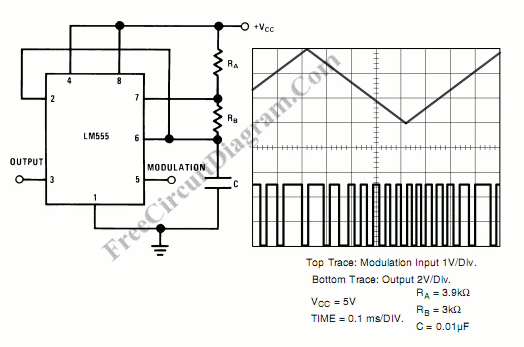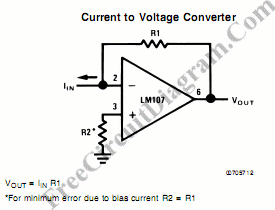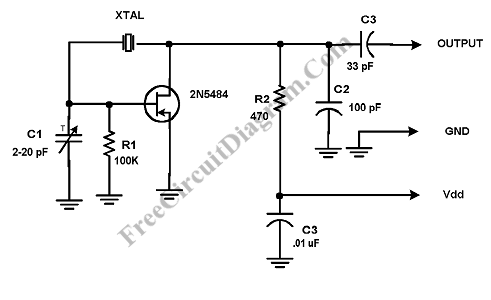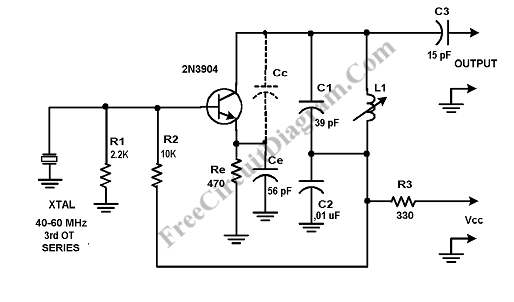Pulse Position Modulator

Pulse position modulator can be easily built using 555 IC. Here is the schematic diagram of the circuit: Pulse position modulator modulate the on-period while keeping the fixed off-period. Pulse position modulation might substitute pulse-width modulation in some application. The main difference between pulse position modulation (PPM) and pulse width modulation (PWM) is that unlike PWM, PPM doesn’t keep constant […]
Read more




